The Cleric is arguably the best class in Dungeons & Dragons 5E, and that is by no small margin the fault of their subclass. Cleric’s archetype, called domain, is available early and gives Clerics access to impressive spells and features. Selecting the right domain for your party can change your Cleric from a support caster to a tank or a damage dealer.
Cleric Domains are obtained at level one and offer immediate benefits. They give permanently prepared spells from spell levels one to five as well as other features at levels one, two, six, eight, and 17. Their level two feature gives them an option for their Channel Divinity ability while their level eight feature improves their damage with either weapon swings or cantrips, depending on the subclass. Levels one, six, and 17 differ majorly between domains.
All playable Cleric Domains in DnD 5E
A Cleric Domain is strong when it provides the Cleric important spells to learn, gives them abilities that make them excel in a category they struggle in, or pushes their support capabilities to the point where no other party member needs to even think about supporting. A domain that offers multiple of the aforementioned benefits gains even more power in our eyes.
When looking at this ranking, it is important to note that the Cleric’s base kit is good enough to support any domain. Even the lowest-powered option on our list has the potential to be a great member of the team.
14. Nature Domain
Taking from Druids is a good idea, but not quite like this. The Nature Cleric gets heavy armor and access to a single cantrip like Shillelagh or Druidcraft. Their Channel Divinity is terrible, targeting only two creature types in the game (though Charmed is a good status).
You come online at level six with Dampen Elements, a useful feature against specific fights. A reaction to lessen the damage of a fireball is good, but with a lackluster spell list and no other strong features, the Nature Domain fails to truly impress.
13. Trickery Domain
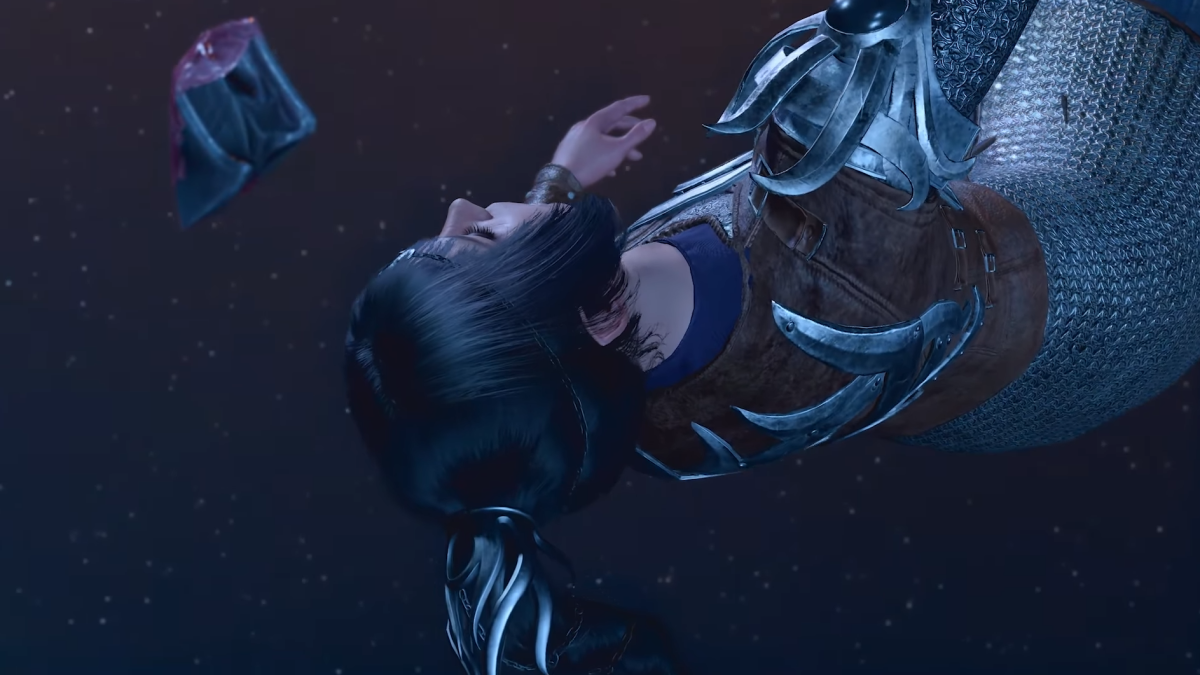
The Trickery Domain’s strongest feature is their Channel Divinity, a concentration-based action that summons an illusion that lets you cast from its squares and gives you—and you alone—an advantage on attack rolls if you’re both adjacent to a target. Being able to cast melee-ranged spells from it is nice, but it’s hard to justify this when the Cleric has some of the strongest early-game concentration spells in the game. The rest of its features fail to match up, either, though its endgame Improved Duplicity ability can make enemies panic.
The spell list is legitimately solid, though, with winners like Dispel Magic and Charm/Dominate Person which the Cleric normally misses out on. But, even those spells have some situational options that you’d rather not have.
12. Arcana Domain
The Arcana Domain is one of those strange ones that offer you such little utility that it is hard to make use of. Its Channel Divinity option lets you Turn specific creatures, but that means your Channel Divinity is only useful in fights with celestials, elementals, fey, fiends, or undead—otherwise it’s useless. It lets you dispel magical effects on creatures, which rarely come up, and requires you to cast high-level healing spells.
Arcane Mastery is an exceptionally powerful level 17 ability, but waiting until level 17 for your Domain to come online is asking for trouble. Its spell list is, like Trickery, full of options outside of the class. But few of them are real upgrades to the Cleric’s base spell list, outside of Dispel Magic, Polymorph, and Dominate Person.
11. Knowledge Domain
Knowledge Domain’s gimmick is that it acts as a skill user. It gains double proficiency on some information gathering skills, can learn to be proficient with some skills and tools as their Channel Divinity option, and can later use their Channel Divinity to read thoughts.
However, their incredibly specific features, overreliance on Channel Divinity, and next-to-no combat improvements make it hard to make Knowledge work. Their spell list is the big winner, though. Gathering information through Augury, Arcane Eye, and Scrying is incredibly useful. The density of their strong spells is what makes this domain unique and potent. But, the Cleric at the wheel needs to keep that in mind and spend their spells carefully.
10. Death Domain
Death suffers from an underwhelming spell list and no easy access to heavy armor. The star of the show, their first-level Reaper ability, allows the Cleric to cast Toll the Dead on two different targets, which can upgrade their damage potential significantly. If your DM lets you utilize the Blessed Strikes alternative class feature, you can further boost this damage.
However, the rest of their abilities underperform. Touch of Death relies on melee attacks, going against the strength of Reaper. Ignoring resistance on necrotic damage is okay but fails to impress against that many enemy types. Improved Reaper is funny if you need to resurrect two people, but has few options of relevance otherwise.
Not bad, but offers too many niche abilities that fight each other to be extremely strong.
9. Grave Domain
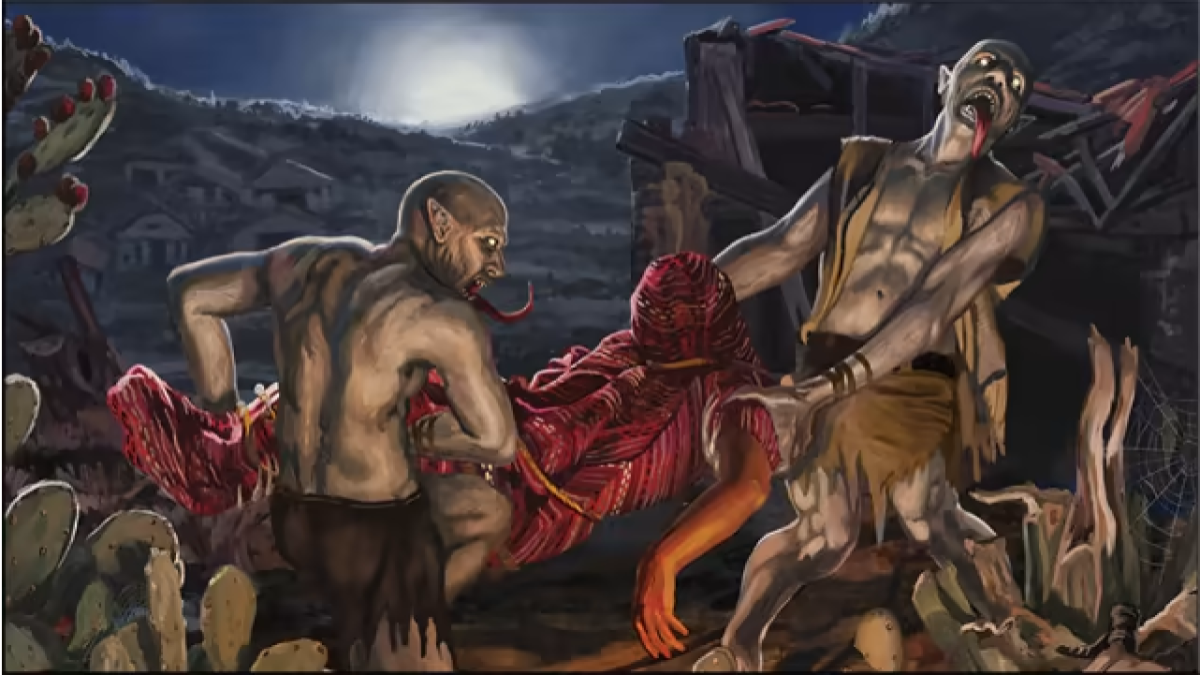
The Grave Domain, like the Death Domain, suffers quite a bit from its underwhelming spell list, many of which are on the Cleric spell list by default.
Unlike the Death Domain, it has a wonderfully powerful Channel Divinity option in Path to the Grave. With good party composition and strong initiative rolls, this can allow a Paladin or Rogue to deal incredible damage to a single target.
That’s where a lot of its strength stops. The main gimmick of the Grave Domain is preventing death. It can negate critical hits and do light healing to party members when they kill enemies at level 17.
8. War Domain
The War Domain is a traditionally powerful domain that has gotten weaker as new Domains usurped its useful features. The ability to make weapon attacks as a bonus action is very strong early on, but steadily becomes weaker as time goes on and the Cleric gets fantastic bonus actions like Spiritual Weapon.
Its Channel Divinity is okay, giving you basically basically guaranteed hits. However, until you reach level six, you can’t give this to Paladins or Rogues that can turn a single guaranteed hit into 30 or more damage. You’re not hitting too hard as a Cleric, even at level eight or 14.
The spell list is the final nail in the coffin. You gain a few Paladin spells and Hold Monster, but otherwise are stuck with Cleric spells. And nothing here really screams utility. Not a bad one, but you have a few better options for hitting hard.
7. Tempest Domain
The Tempest Domain is a strong offensive spellcaster with access to a lot of offensive options in their Spells. They get great weapon and armor proficiency and can do very high damage with their Wrath of the Storm and Channel Divinity options.
That’s where the build slides to a screeching halt. Without access to strong lightning spells like Lightning Bolt, the Tempest Domain slows significantly after level 12. They can fail to output reasonable damage in the late game and have to fall back on the Cleric’s natural support role.

However, that powerful early game makes it really useful before level 12. Thank goodness for Baldur’s Gate 3‘s level cap!
6. Light Domain
The Light Domain is an interesting enigma of a Cleric. Its base feature is Warding Flare, allowing you to impose disadvantage on attack rolls against you. This eventually evolves to let you do this reaction on other targets.
At level 17, it gains the ability to hinder saving throws against targets by spending an action. This turns fire or radiant damage spells into huge nukes.
And don’t worry, your spell list is here to help you bring on the nukes. With spells like Flaming Sphere, Fireball, and Guardian of Faith in the mix, you’re going to deal shocking amounts of damage—potentially even more than Tempest in a burst scenario.
5. Forge Domain
If you want your Cleric to basically never die, the Forge Domain is here to help. Its spell list is extremely potent with a lot of strong combat options—Heat Metal, Protection from Energy, Elemental Weapon, Wall of Fire—mixed with strong out-of-combat options—Identify, Fabricate, Creation.
However, we’re here for Blessing of the Forge, Artisan’s Blessing, and Soul of the Forge. This Cleric is one of the few ways to get a pseudo-permanent plus-two to armor class from nothing except class features. By enchanting a non-magical set of armor, you can really be hard to kill—or make someone else hard to kill—in the early game.
And that’s discounting the Forge Domain’s impressive out-of-combat capabilities. Artisan’s Blessing is a unique way to spend Channel Divinity to make non-magical metal goods, ranging from ladders to small boats or even weapons and armor.
High AC, out-of-combat utility, and a strong spell list make the Forge Domain a very safe choice for your character.
4. Life Domain
Listen, we love the Life Domain. And it offers quite a few abilities that no other Cleric can afford. While its spell list is full of cleric spells, they’re usually spells that you really want—Bless, Spiritual Weapon, Revivify, Death Ward—and still offer good utility. You get Heavy Armor proficiency too, which is really nice.
Your Disciple of Life ability makes in-combat healing viable before the Heal spell. Usually, Cure Wounds just can’t keep up with the damage of a single attack. With Disciple of Life, Cure Wounds gets a minimum boost of three, which can crest over the usefulness threshold. And spells like Mass Healing Word can really abuse its ability.
The main issue with Life is a lack of utility, a lack of damaging options outside of Divine Strike, and the presence of Heal and Mass Heal in the endgame. But, if you’re just starting to look at Cleric Domains, this one is simple and very effective.
3. Twilight Domain
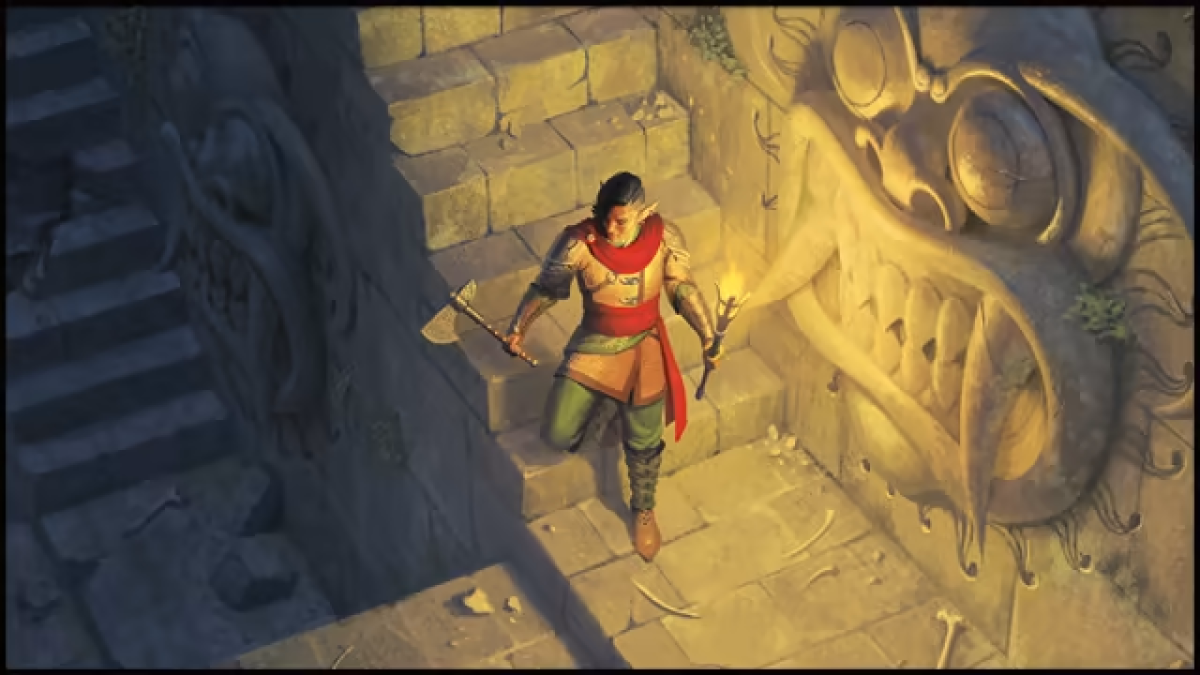
The Twilight Domain serves as a unique support caster with a lot of versatility. Eyes of the Night offers the best Darkvision in the game, out to 300 feet. Its Channel Divinity of Twilight Sanctuary can turn your party into massive tanks, giving them huge amounts of temporary hitpoints every turn.
It also gets early access to flight and can provide AC to targets in the sanctuary. This is a huge defensive option that can make your frontline nearly invulnerable, though at the cost of reliance on short rests.
However, it can do more than just one trick per rest. Its spell list offers a fantastic mix of options completely outside of the Cleric’s normal wheelhouse: Faerie Fire, Sleep, Moonbeam, Leomund’s Tiny Hut, Greater Invisibility, Mislead, and more. This is a great mixture of damage, healing, and even out-of-combat that a Cleric relies on its Domain for.
2. Order Domain
The Order Domain is a very interesting combat control Cleric with a focus on debuffs. Its Voice of Authority class feature allows an ally to attack off-turn, potentially letting a Paladin or Rogue deal massive damage with Smite or Sneak Attack out of nowhere.
And that’s not to mention the power of its later abilities. It can Channel Divinity to cause everyone nearby to become Charmed and unable to attack you, as well as dropping their weapons. You can use Quickened Spell on enchantment spells nearly five times per day. And it actually gets a good reason to do weapon damage to enemies by endgame, since it increases its bonus 2d8 psychic damage to 4d8 by level 17.
An extremely powerful domain that combines the best parts of many Cleric archetypes—combat control, heavy armor proficiency, and a potent spell list—with action efficiency that no Cleric archetype can claim.
1. Peace Domain
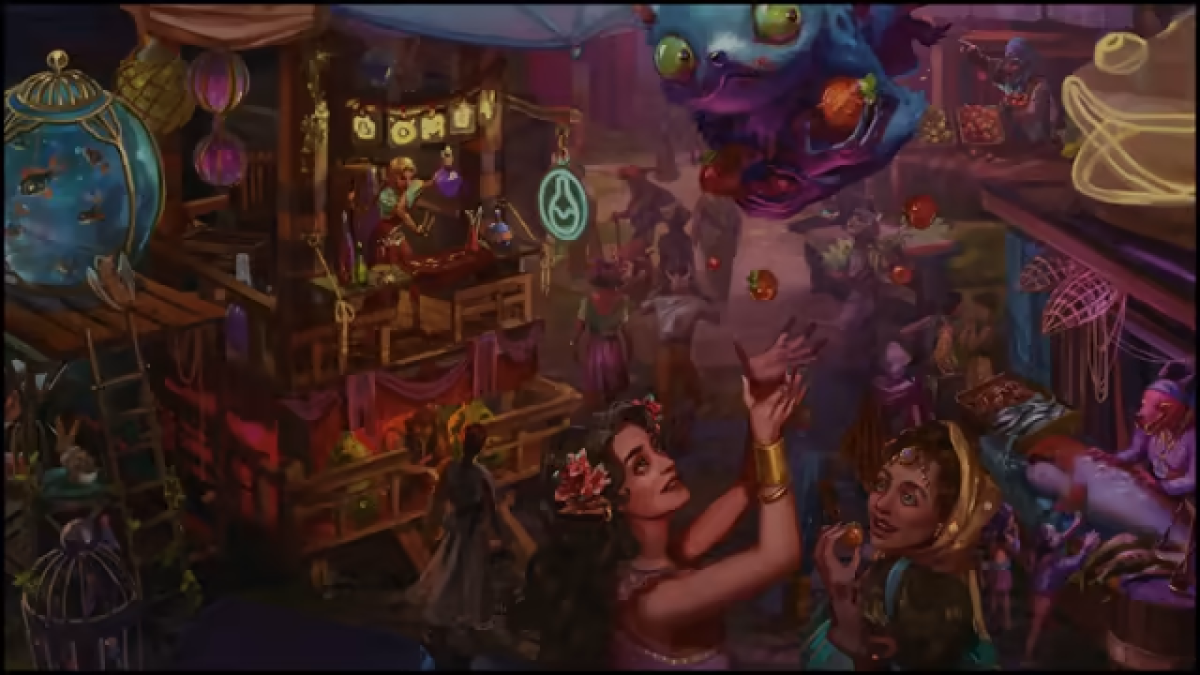
What is it with peaceful domains being so powerful in 5E? We ran into this with Paladin too.
The Peace Domain offers between 20 minutes to an hour of an extra d4 on attack rolls, ability checks, or saving throws to between two and six party members. This is a benefit outside of Bless, Bardic Inspiration, or similar buffs. These are usually kept to a minimum for a reason and Peace shatters that reason wide open.
With a Channel Divinity that can heal a whole party, the ability to teleport and tank damage for one another, and Potent Spellcasting, Peace threatens to break the fragile attack roll math—and saving throw math— for 5E. And that’s why it’s such a powerful archetype.


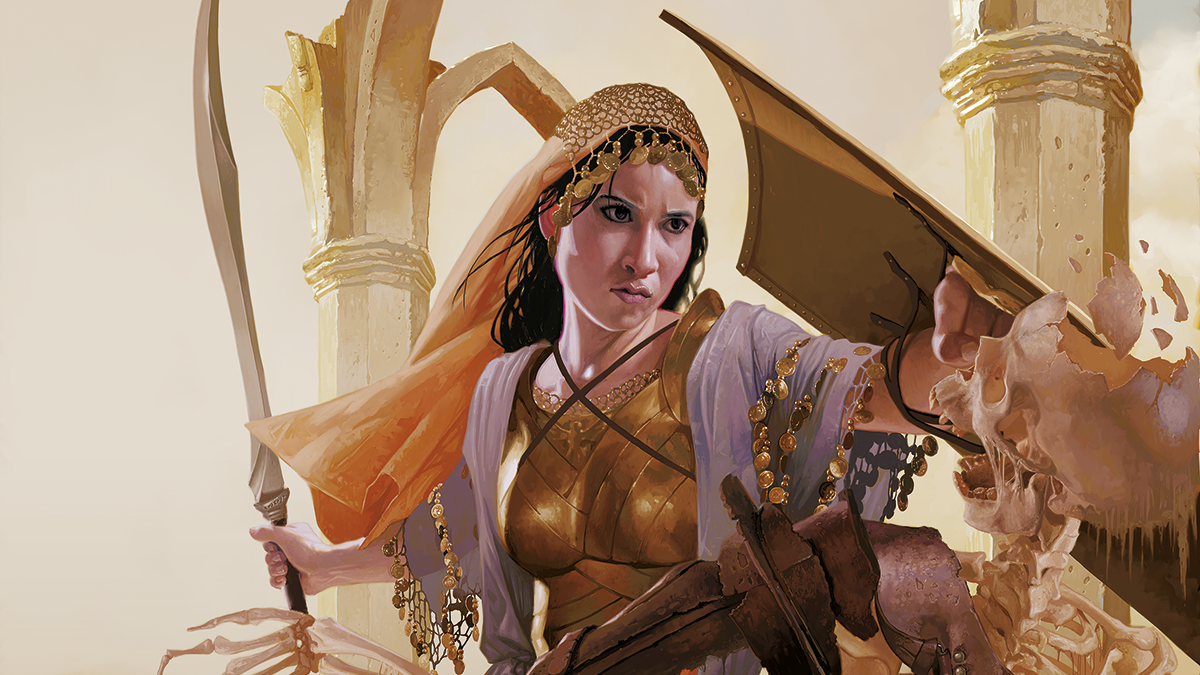

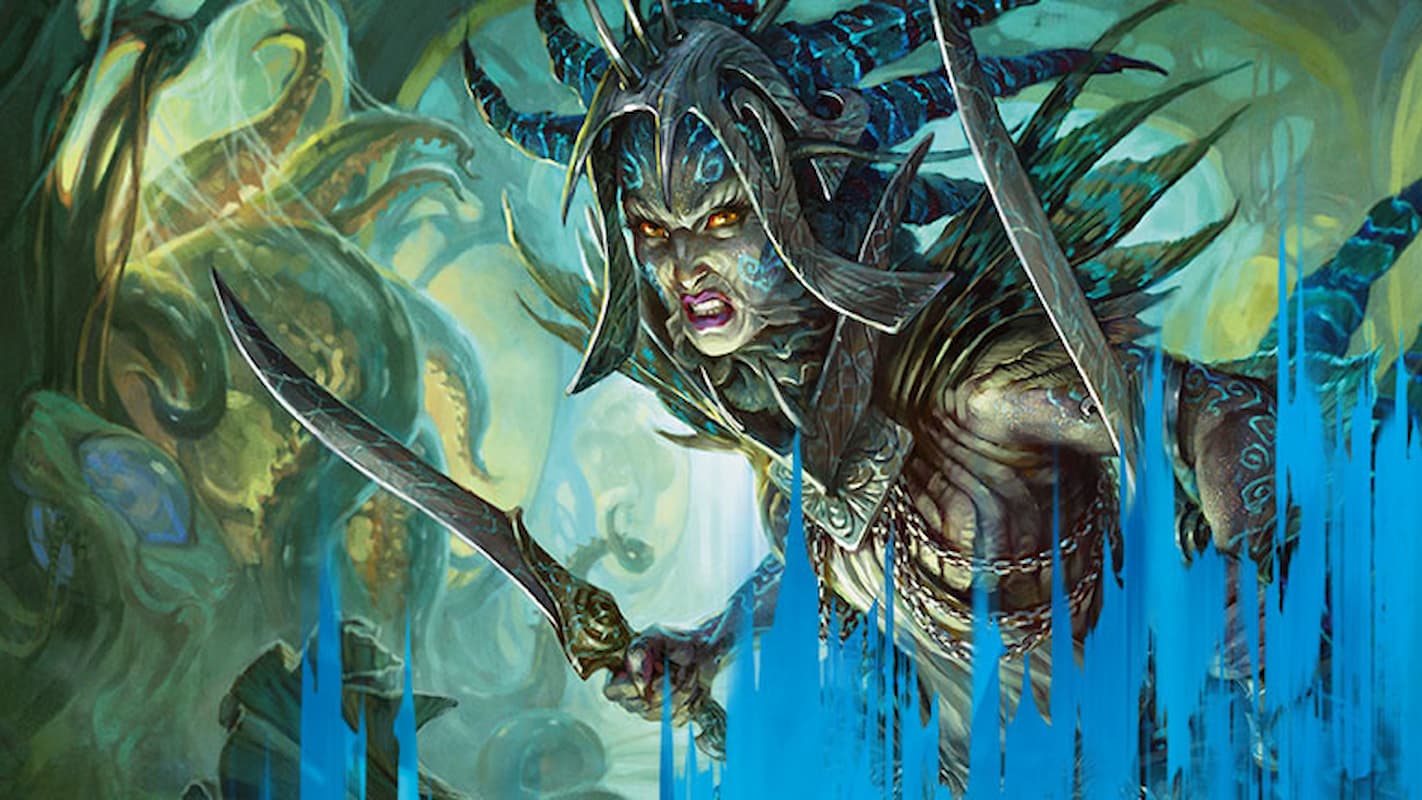
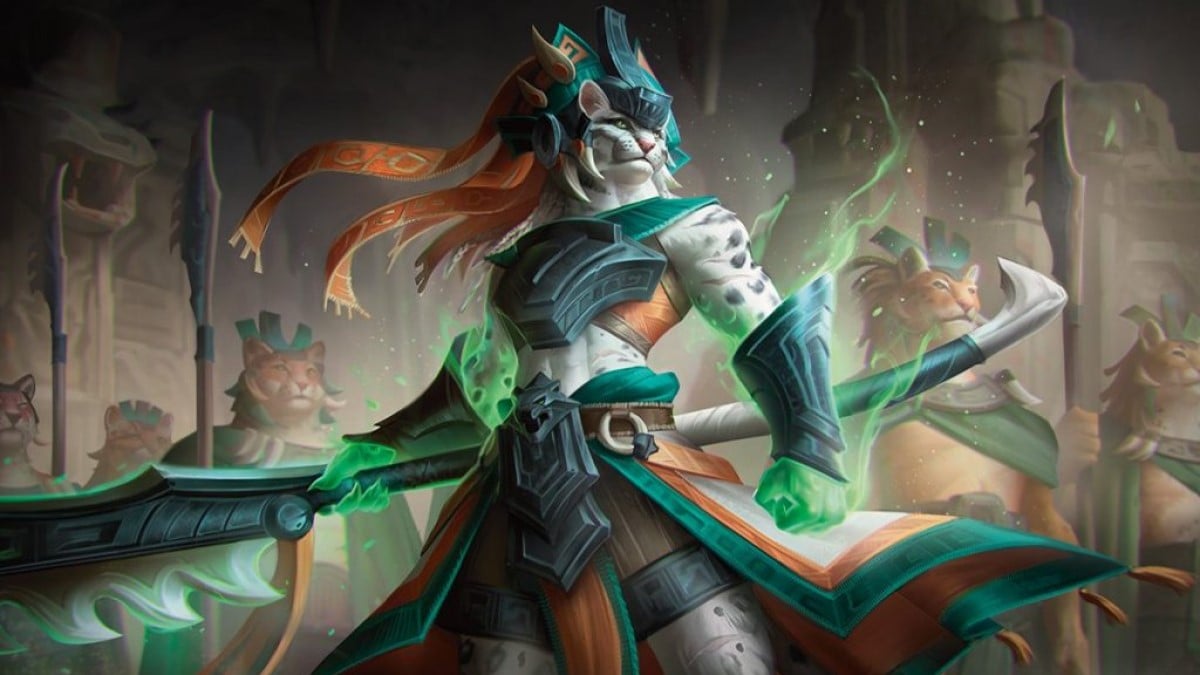
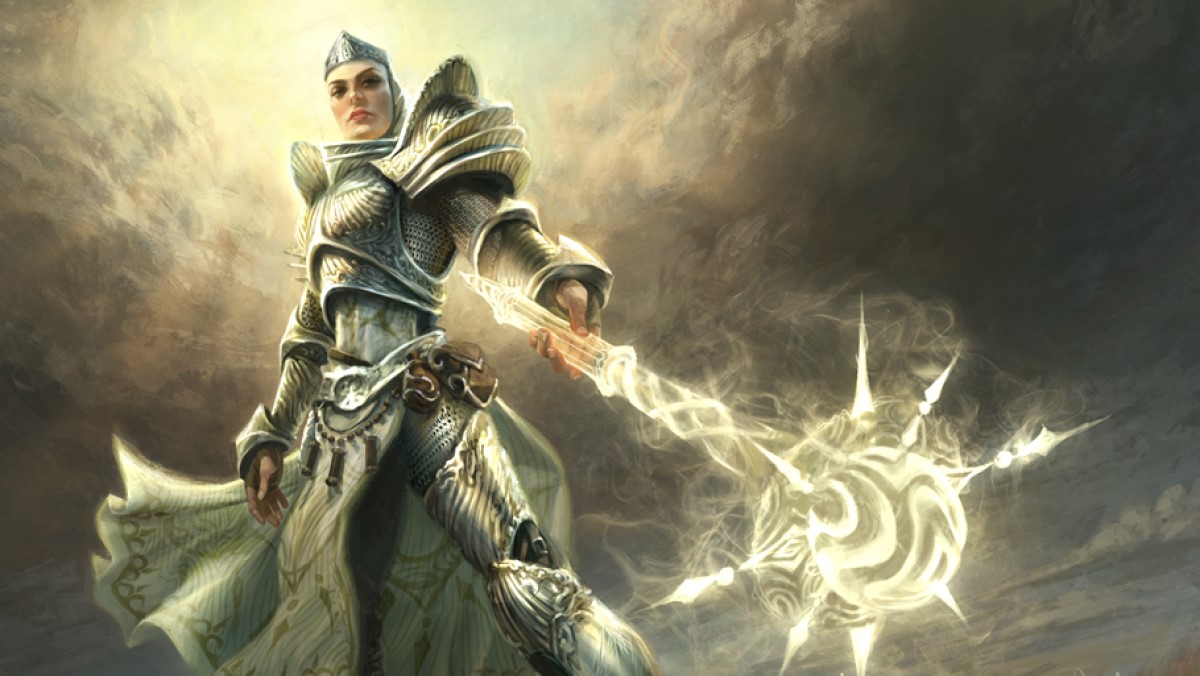


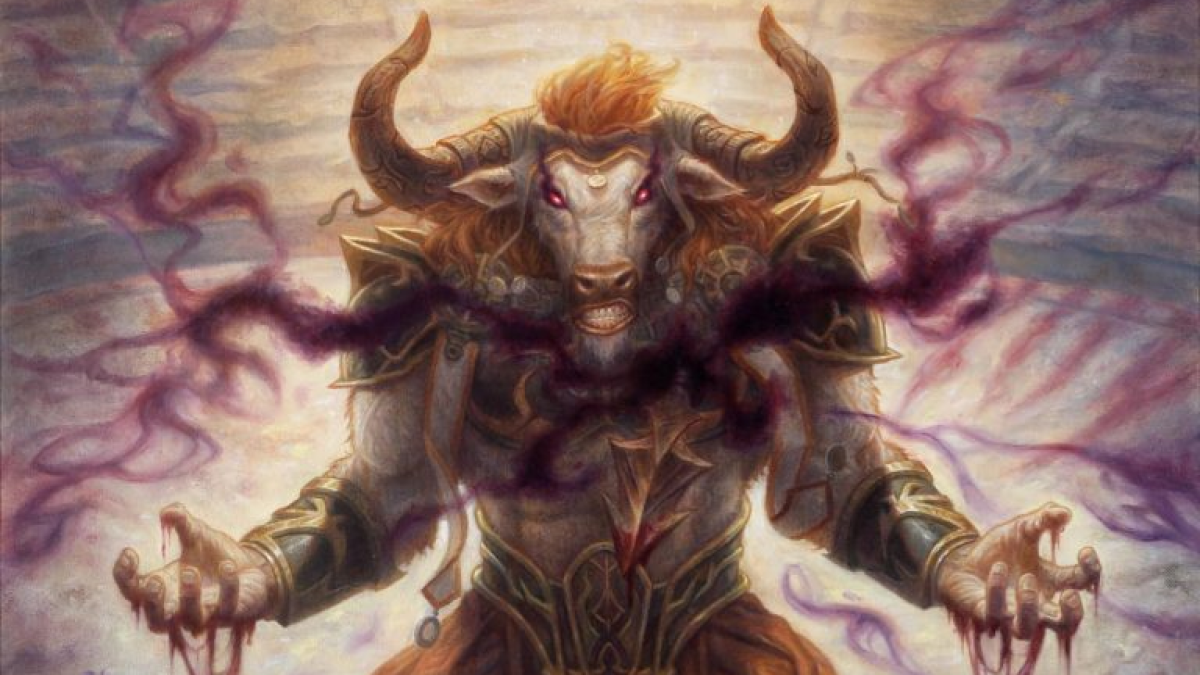
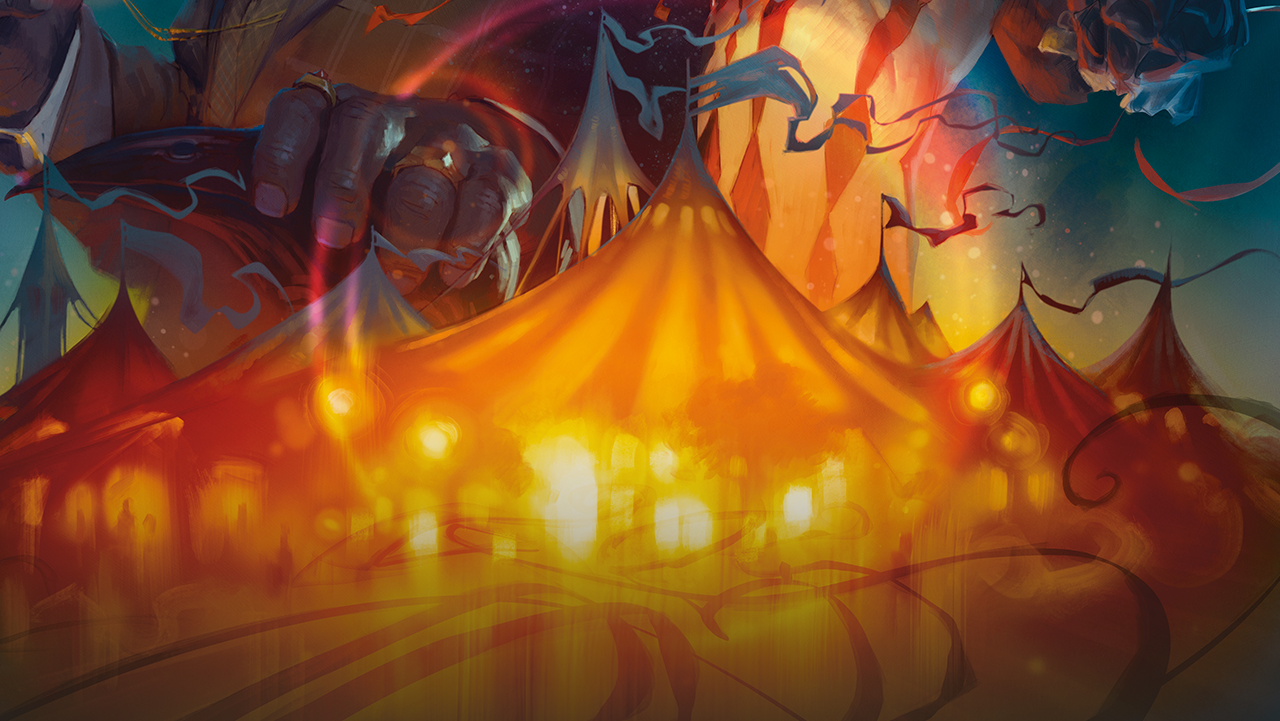
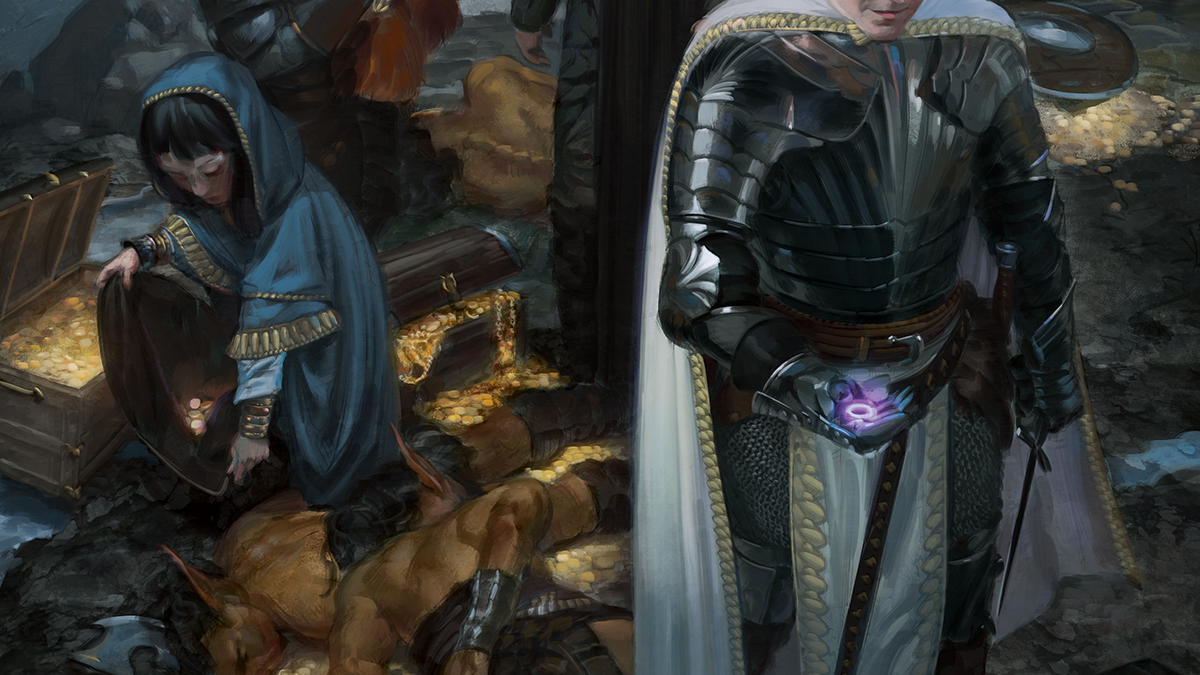
Published: Sep 9, 2023 10:22 pm